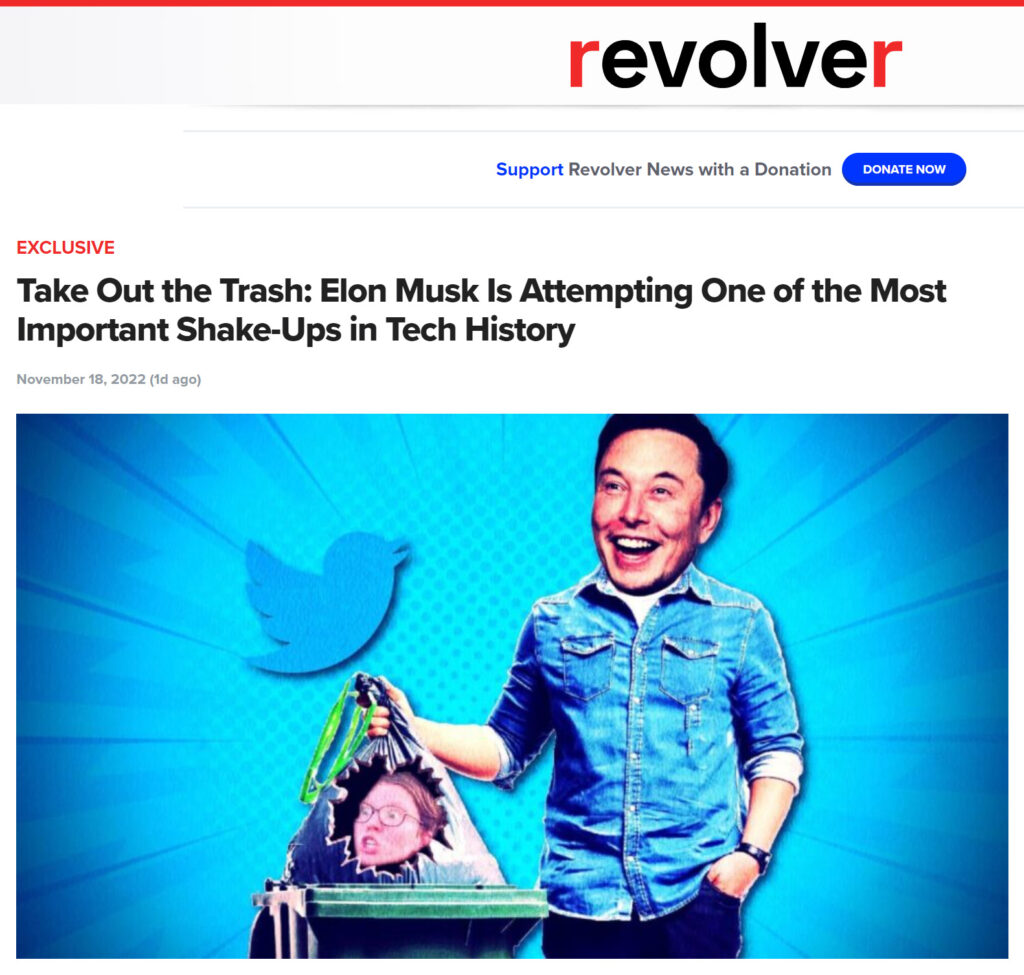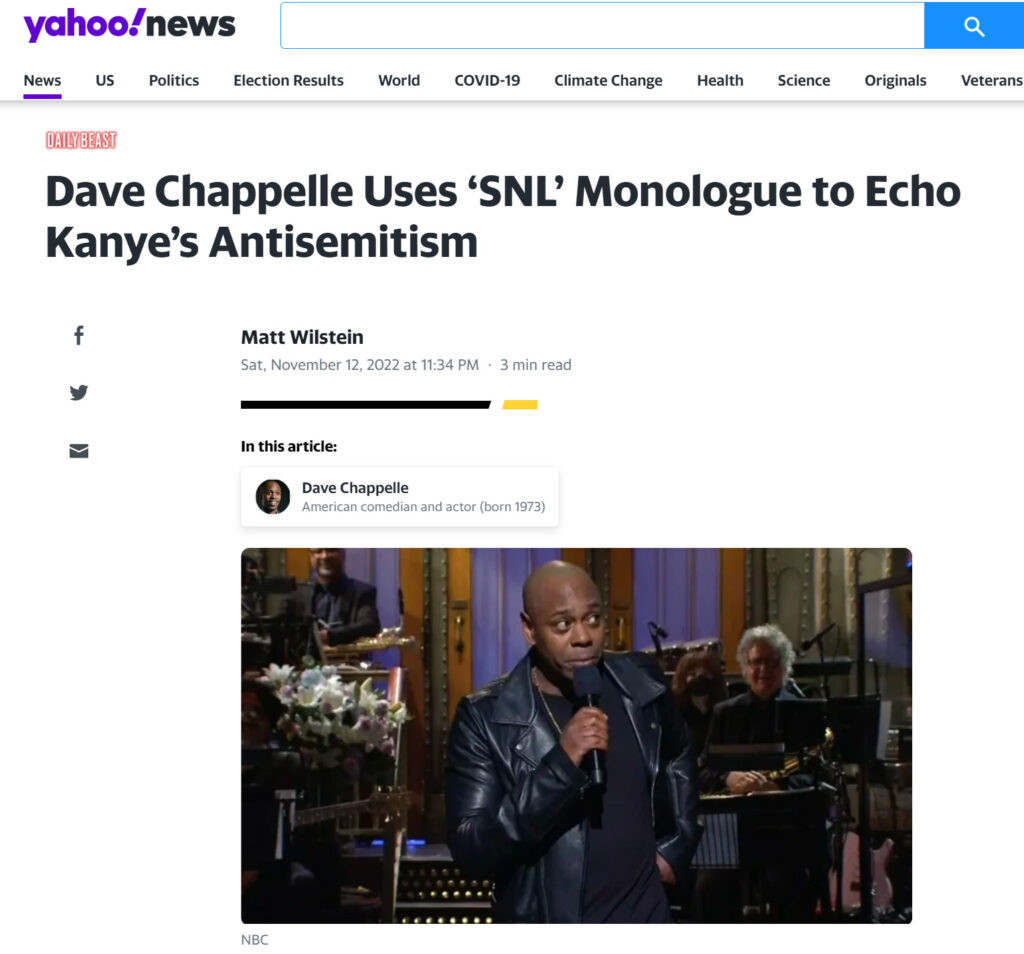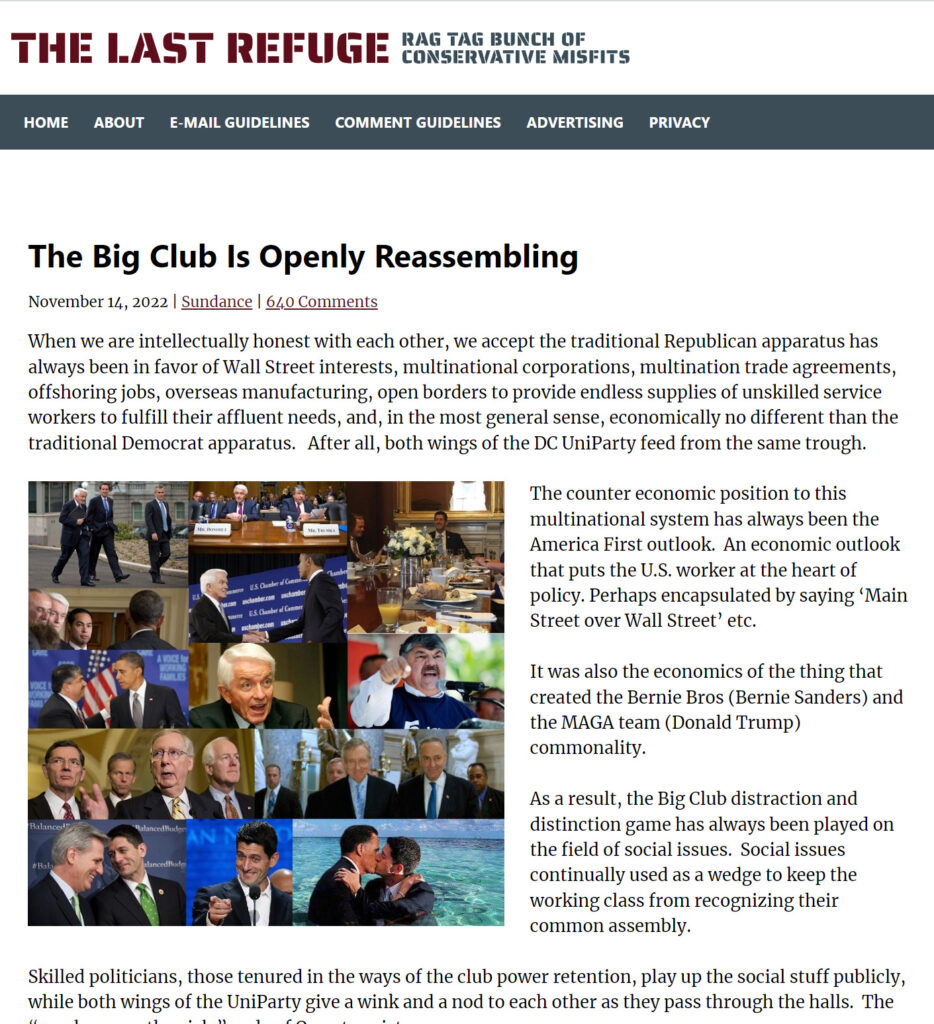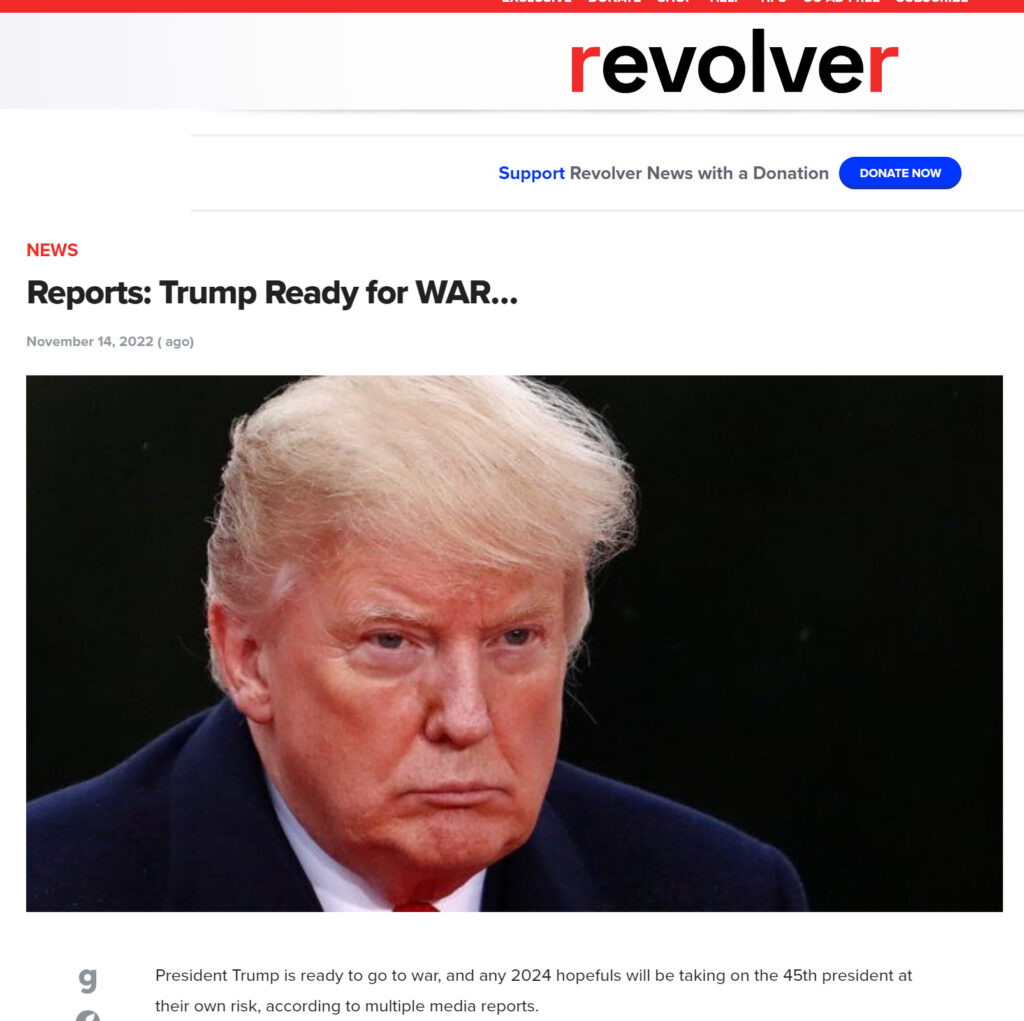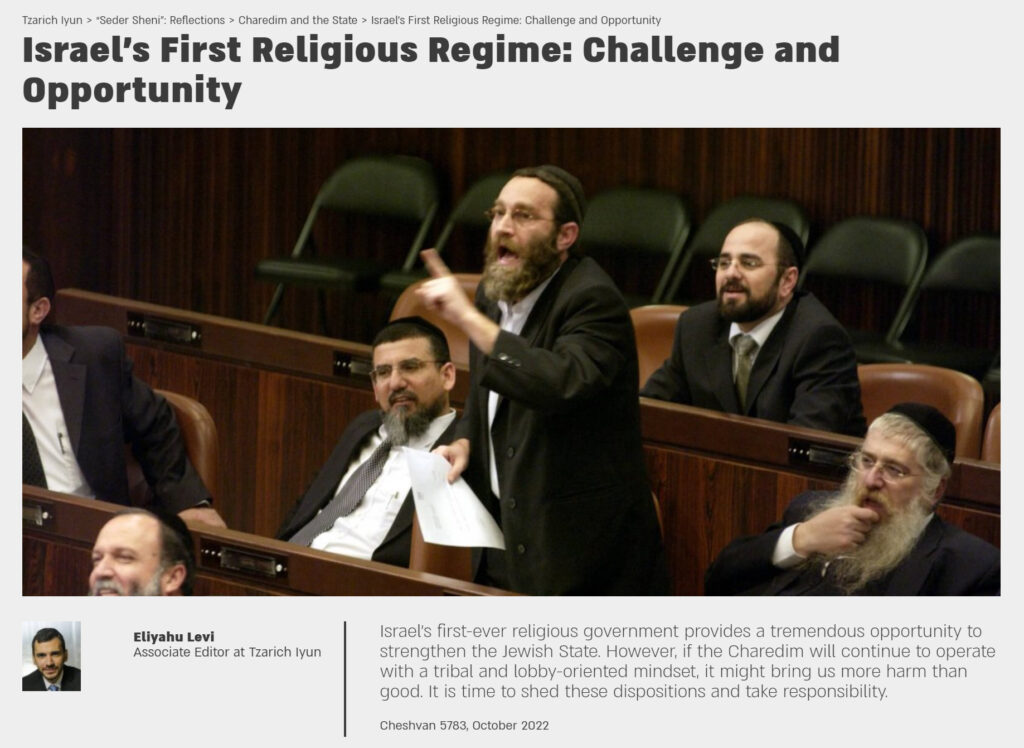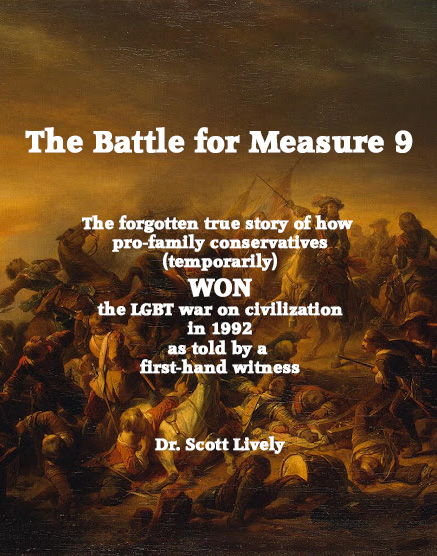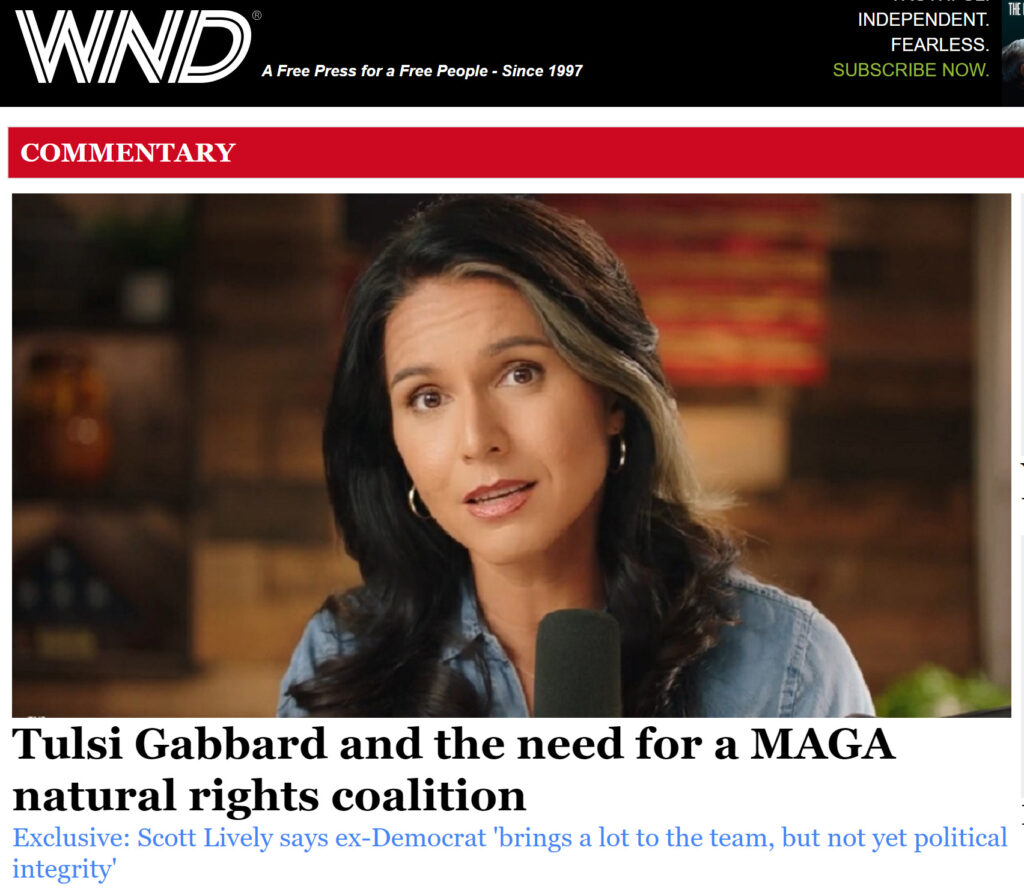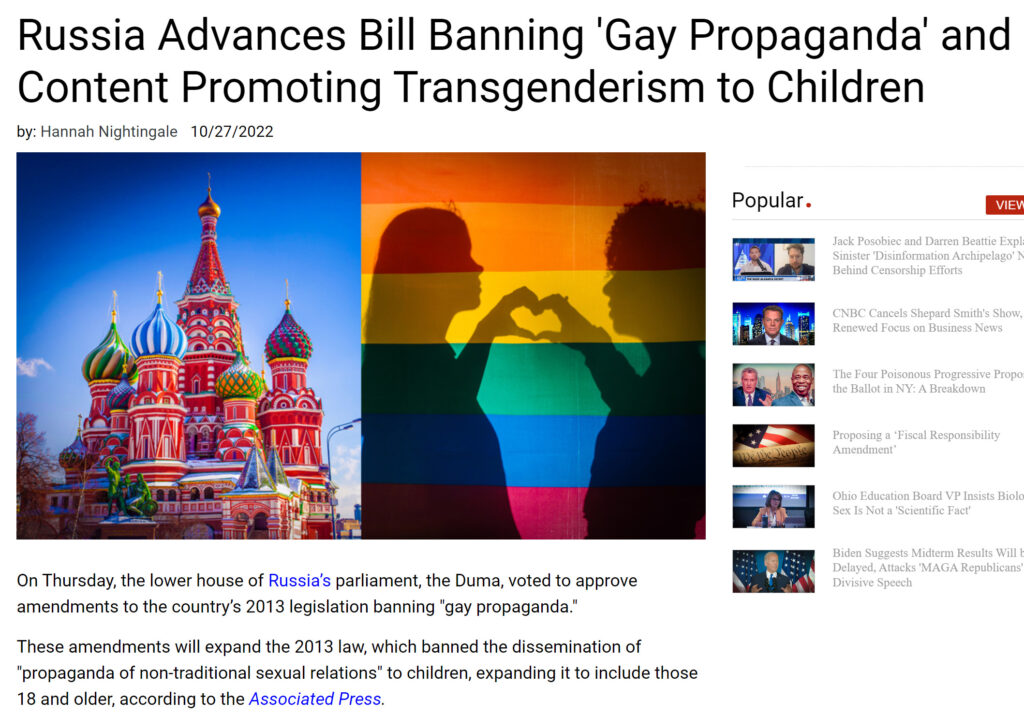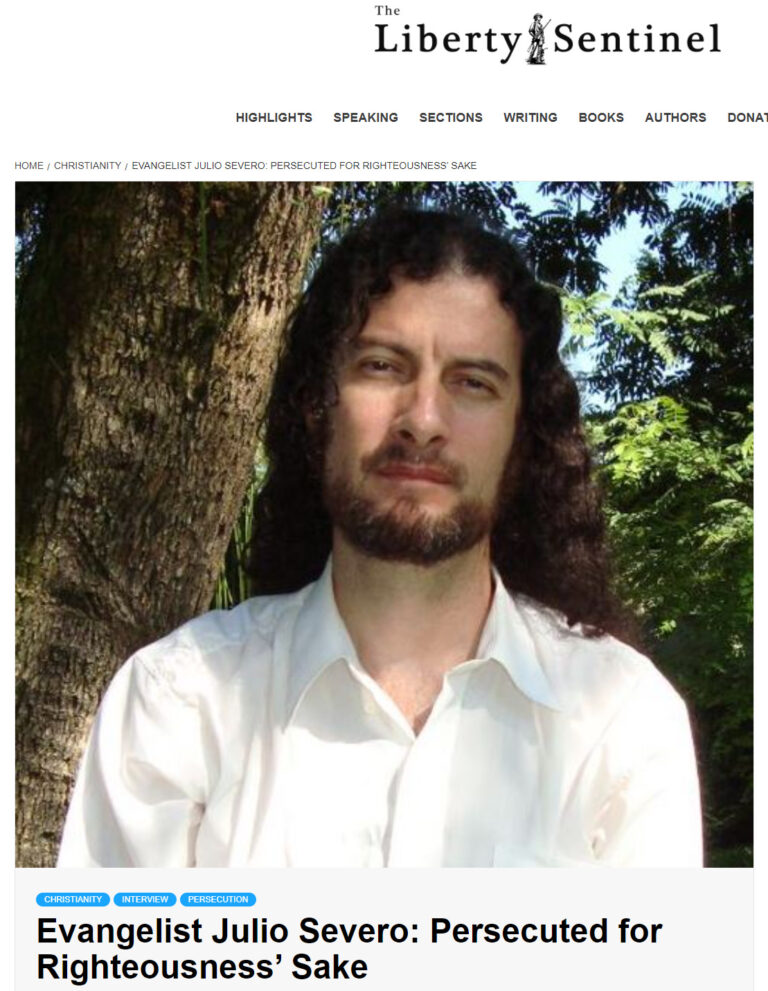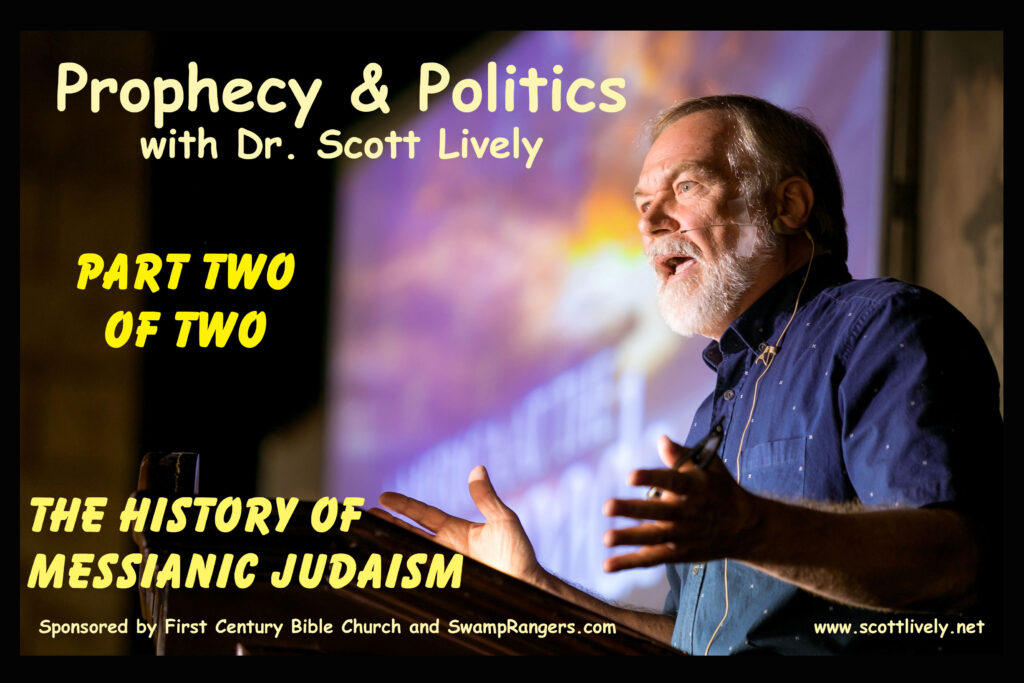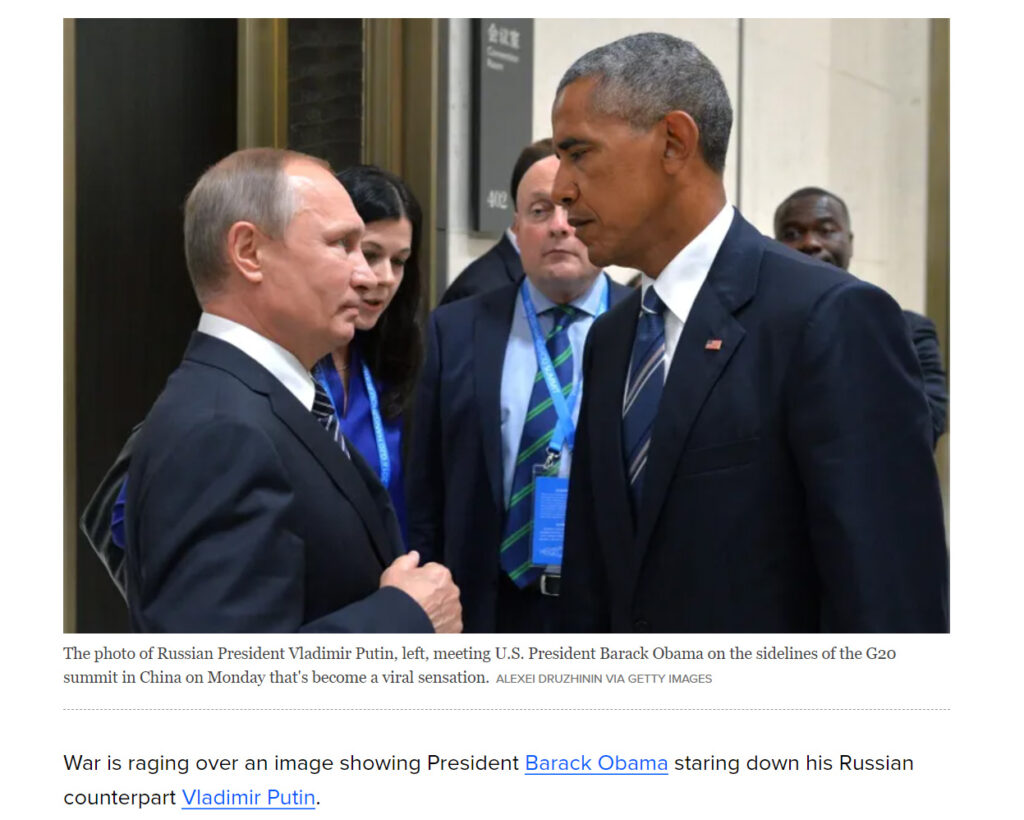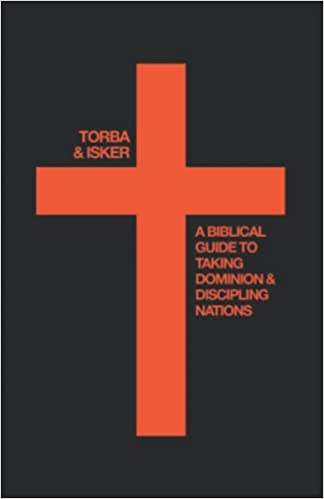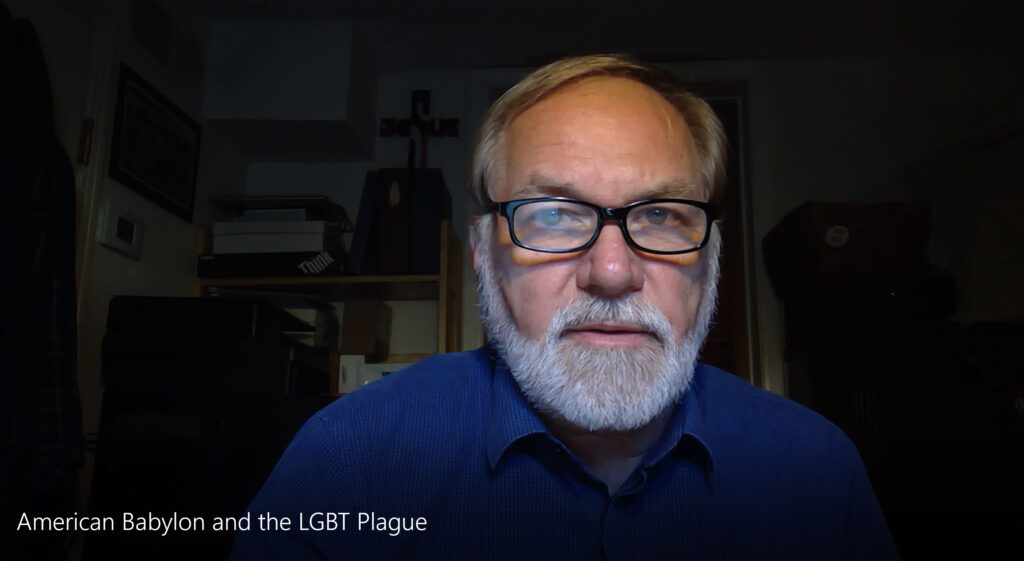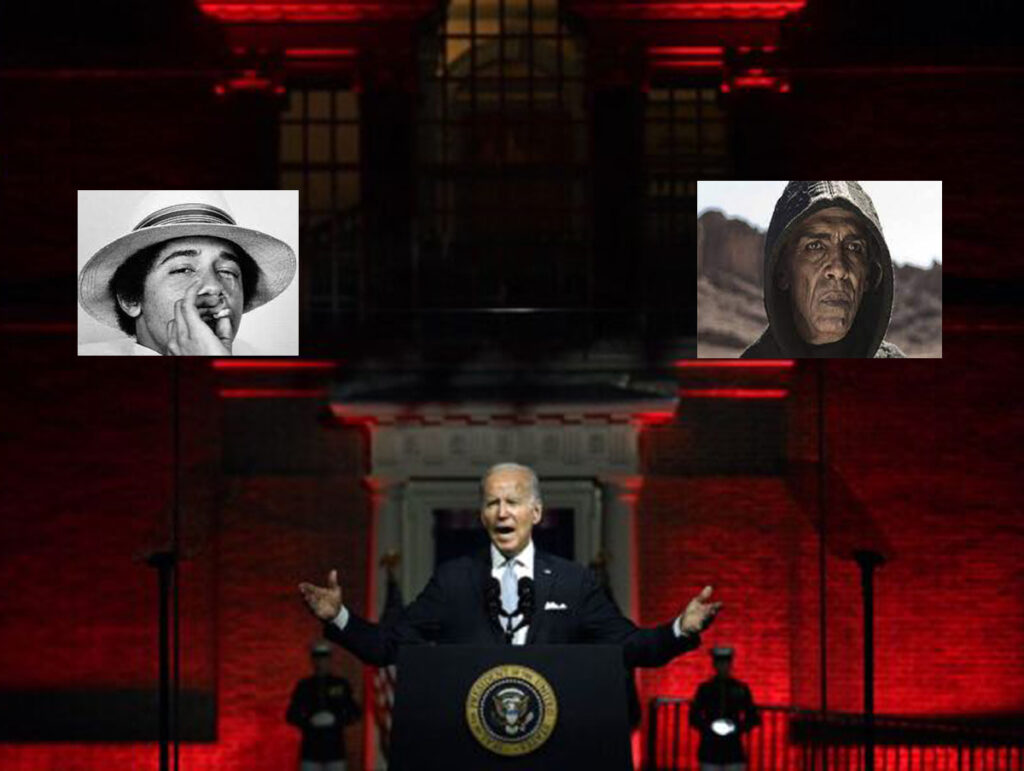Observations on the irrepressible human spirit
and the power of censorship to breed rebellion.
Elon’s Impossible Task…
Like the old boiler-based steam engines of yore – or today’s ubiquitous residential hot water heaters – societies without an adequate release valve to keep internal pressures within tolerable limits will suffer violent explosions that can’t be ignored – just ask Deathstar project manager Darth Vader regarding Princess Leah’s Rebel Alliance. Or the ADL’s Jonathan Greenblatt on the escalating Kanye/Kyrie/Chappell uprising and the sudden call for Jews to flee America for Israel (in my view a cascade of over-reactions that may frighteningly transform a fixable problem into self-fulfilling prophecy).
“Hate speech” like “beauty” is in the eye of the beholder – whose perspective usually depends on whose ox is being gored. And that’s a big problem when it comes to democratic societies because subjectivism is the worst enemy of objective truth and always leads to tyranny by the strongest self-interested faction(s) over everyone else. Which in turn leads inevitably to violent, often murderous insurrection by the serfs, ala the French ‘Reign of Terror,’ or the Bolshevik Revolution in Russia, or even our own American Revolution (which was actually just “deadly,” not “murderous,” because the violence was justified in self-defense).
Importantly, deciding who are the “good guys” and “bad guys” in these matters is also subjective in the absence of an overarching moral paradigm (such as the Bible) deemed binding upon everyone. Without the law above the law, one side’s “freedom fighter” is always the other side’s “terrorist” and only “might” will decide who’s “right:” a determination “carved in stone” in the history books of the victor.
When it comes to preventing explosive social rebellions, the release valve is a carefully established and maintained set of objective criteria for judging disputes that applies equally to everyone. America’s symbol for that ideal is a blindfolded Lady Liberty holding aloft the scales of justice. Its codification of that ideal is the US Constitution, clarified in the Bill of Rights and later augmented by the Due Process and Equal Protection clauses of the 14th Amendment.
The purpose of the US Constitution, unique in all human history, was to establish one common standard for everyone as a matter of right, safeguarded by a separation of governmental powers that included not just the tripartite division of the national government, but also the separation of the federal government from the individual state governments (the 10th Amendment) and the people collectively from both the federal and the state governments (the 9th Amendment). All power was mandated to flow from the people to the government by delegation, which presupposition is the ultimate first principle of America as set forth in the first organic law of this nation (literally the first law in the law books), The Declaration of Independence, which in turn anchors its authority in the bedrock of “the Laws of Nature and Natures God.”
Without that law above the law, all disputes come down to contests of little strongmen whose “might makes right” until one super strongman (Dictator), or a group of them (Oligarchy), or a perpetual, usually family-based strongman-system (Monarchy), or a religion-based strongman system (Theocracy) or some combination of them imposes its will on everyone else. This is an inescapable logical imperative of human nature. The best one can hope for is strongmen who are fair-minded and benign.
America’s own roots began in the soil of rebellion against an intertwined Roman Catholic theocracy and monarchy in Western Europe and Great Britain when “hate speech” meant dissent from government narratives about the Catholic royal family. Yet even then, when “hate speech” was punishable by death, the dissent was irrepressible, spawning the art of “Nursery Rhymes:” mockery and or memorialization of events written in a secret political code hidden in children’s songs. They were the 17th century version of the Ichthys fish symbol of 1st century Christians or “Let’s Go Brandon” for the modern MAGA movement.
“Rock-a-bye Baby refers to events preceding the Glorious Revolution. The baby in question is supposed to be the son of King James II of England, but was widely believed to be another man’s child, smuggled into the birthing room to ensure a Roman Catholic heir. The rhyme is laced with connotation: the “wind” may be the Protestant forces blowing in from the Netherlands; the doomed “cradle” the royal House of Stuart….Mary, Mary Quite Contrary may be about Bloody Mary, daughter of King Henry VIII and concerns the torture and murder of Protestants.”
Both the French and American revolutions also sprang from that social/political context. The French version, undergirded by Atheism, became an orgy of gore and atrocities. The American version, undergirded by Hebraic-influenced Protestantism produced the model society of the modern world in which all factions, including Jews and Catholics, as individuals, gained an equal place in the process of self-governance.
“For my part, I sincerely esteem the Constitution, a system which without the finger of God, never could have been suggested and agreed upon by such a diversity of interests” said the eminent Founding Father Alexander Hamilton (emphasis added).
I believe America’s constitutional republic formally ended on January 6th, 2021 when the US Congress ratified the Purple Uniparty’s theft of the presidency from Donald Trump. Then the failure of the Red Tsunami counter-revolution of 2022 to claw it back sealed our fate as a Cultural Marxist Oligarchy. The looming specter of tyranny has been rising for a long time in the one-sided suppression of free speech and insultingly blatant double standards that serve only the oligarchs and their woke useful idiot minions. Blasphemy codes and punishments are back, but upside-down and backwards. There is now no accountability for the crimes of the elites, but increasingly severe and increasingly blatantly unjust police-state crackdowns on the their victims – world wide. That’s a recipe for revolution beyond anything previously seen – and for resulting brutal suppression like only the Antichrist can dish out.
Elon Musk’s battle for restoration of freedom of speech on Twitter is a microcosm of the state of new America. It is an impossible task because the very mention of “free speech” has become “hate speech” under the new regime. And it WILL be crushed because the oligarchs have the power and the will, nay, eagerness to do it as an act of sadistic pleasure. Musk’s idealism will surrender to ideological imperatives or he (or at least Twitter) will be destroyed. The simple solution is clearly worded objective standards that define “hate” and apply to everyone – but that cannot be tolerated by those who now rule over us in hate.
Only Christ can hold them accountable, and He will, but only after “the iniquity of [these end times] Amorites is complete” (Genesis 15:16). Until then, hold fast and pray!
###
My Response to a Catholic Brother who took issue with paragraph 7
Hi _. Thank you for the link to https://www.churchmilitant.com/. I have added it to my media list. I happily and gratefully stand shoulder to shoulder with Catholics in the culture war and always have.
Please don’t assume you know my views based on what other critics of the RCC assert. I don’t “abhor” any Catholic traditions and practices except for the claim of exclusive authority over Christendom (which claim I believe is spiritually moot and irrelevant but psychologically coercive and harmful). I disagree with some of them in the same way I disagree with some in the Reform movement when they insist that Roman Catholics aren’t Christians, but I also agree with some Catholic traditions and practices.
In my theology, justification/salvation is by faith alone in Christ alone per the Romans 10:9-13 standard, and once saved by faith all else falls into the category of sanctification/harmonization to Christ, pending our glorification/completion by Christ Himself. I believe in small “c” pre-Roman, Hebraic-oriented catholicism (the universal church of all true believers in Christ whose full membership is known only to God). A justified person is free in their Christian liberty to follow any faith tradition or path to betterment in Christ including Catholicism, Messianic Judaism, Calvinism, Pentecostalism, Amish communal farm life, or Jesus-movement hippiedom, to name just a few.
To paraphrase Paul, all paths are lawful for them but not necessarily optimal. The “narrow way” is not like walking the edge of a razor blade but accommodates much diversity between its boundaries — from the borderline legalism of James on one side to the borderline license of John on the other. From the perspective of someone on the path, it’s actually comfortably wide, and only “narrow” by comparison to the “broad” boundary-less expanse of lawlessness.
The main theological issue I have with Roman Catholicism is its top-down dictatorial exclusivism, which trades the priesthood of all believers under Christ the High Priest for a rigid theological dictatorship that deems anyone not in compliance with its mandates to be unsaved, and which claims for itself the right to add its own man-made doctrines with the same binding authority as Scripture, and (through most of its history) the right to torture and murder people who refuse to submit. Sure, today’s RCC looks quite different from its historic personae, but that seems largely due to the success of the Reformation and failure of the counter-Reformation. The monopoly was broken, as it were, allowing competition to restore a more natural balance to the marketplace of Christian perspectives on things — a balance that looks a lot more like the cooperative egalitarian diversity of the Apostles (as glimpsed in the Jerusalem Council of Acts 15) than the top-down dictatorship of the pagan Roman Emperors.
You asked “Since there are thousands of different Protestants groups, isn’t the subjective interpretation by ALL these groups of the Bible … what has led us to the crisis we face in society today?” No. because the same God that Roman Catholics assume should control the world through one Pope is limitless. Our limitless God can guide ALL of the individual believers simultaneously just as easily as He can one man, and He does so actively and continuously in real time, because he knows and loves each of us personally in our uniqueness (which truth is the essential premise of the pro-life movement that serves as the primary bridge across the Catholic/Protestant divide in cultural matters).
Furthermore, in His plan, there will not be true civilization-wide harmony among men until the thousand year Sabbath Day, the Millennial Kingdom, which I believe is literal (as did many Roman Catholics over the centuries, especially during the pivotal 17th Century). Until then strife is just a part of the plan, forcing all human beings to make choices that represent the steps in their sanctification process.
Learning to self-govern (at the human-to- human level) rather than simply submit blindly to church or secular governmental authority is a big part of our collective spiritual maturation. And learning, with the help of the Holy Spirit, to personally submit spiritually only to Christ the High Priest and not any human intermediary (live or dead), is the key to faster personal maturation (which does not preclude the seeking of advice from the wise – Proverbs 11:14).
While the promise of Philippians 1:6 is certainly true and greatly exciting that “He who began a good work in you will bring it to completion at the day of Jesus Christ” (meaning that EVERY true believer in Christ WILL be together in Eternity in glorified form regardless of their denominational affiliations or lack of them) I personally want to actively cooperate with Him now in that sanctification process because of the increasingly greater blessings one receives at every stage of it. A person hungry for righteousness seeks it diligently, as many Roman Catholics also do when they look beyond the limitations of church tradition and rituals to the Scripture itself, under the direct guidance of the Holy Spirit, whom Christ Himself identified as the sole agent capable of leading us to all truth (John 16:13).
May God richly bless you, my Brother,
His Reply to Me
Hello Mr. Scott.
Although we will mostly disagree on certain aspects of our Christian spiritual paths, I would stand by a person like you anytime to combat the evils that are prevalent in our society today. Your passionate love for our Lord is there for everyone to see. I wish we had you as a Bishop :O) … Keep up the good fight sir and God bless you.

